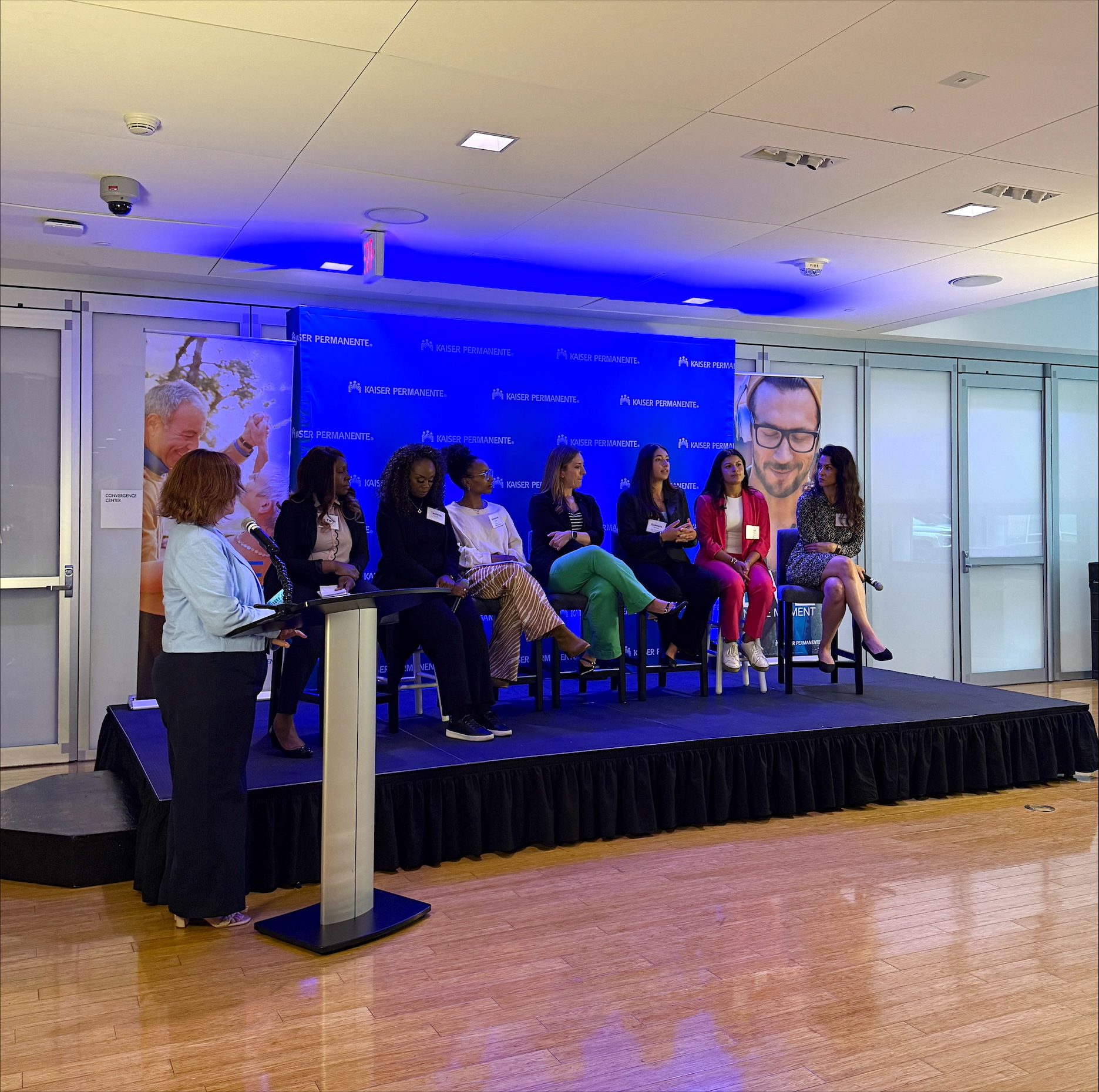Research and demographics point to the need to address obesity in Latino cultures. A Robert Wood Johnson Foundation (RWJF) report published in the March 2013 edition of American Journal of Preventive Medicine suggested that in 2009-2010, 39.2% of Hispanic children aged 2-19 were overweight or obese, compared with 31.8% of all children those ages.
Latino kids, according to RWJF, have less active play, have fewer opportunities to engage in physical activity, and are less likely to meet federal recommendations of at least 60 minutes of activity a day. Among the barriers cited are:
“fewer parks and other active spaces, fewer school- or community-based physical activity programs during school or after, and parenting styles
Ways to increase active play include:
School administrators and staff should develop strategies for increasing opportunities for physical activity during the school day.
Neighborhood maps of physical activity resources should identify the need and appropriate areas for more park and recreation spaces in Latino communities.
Street-scale improvements and programs that facilitate safe transport are needed to increase use of physical activity sites in Latino communities.
Educating Latino parents about monitoring and rewarding healthy behaviors may improve the level of physical activity in their children.”
The video below, from Salud-America! demonstrates why it is critical for Latino kids to get more active play time.
Read the article here.




